Listening to deaf children’s needs
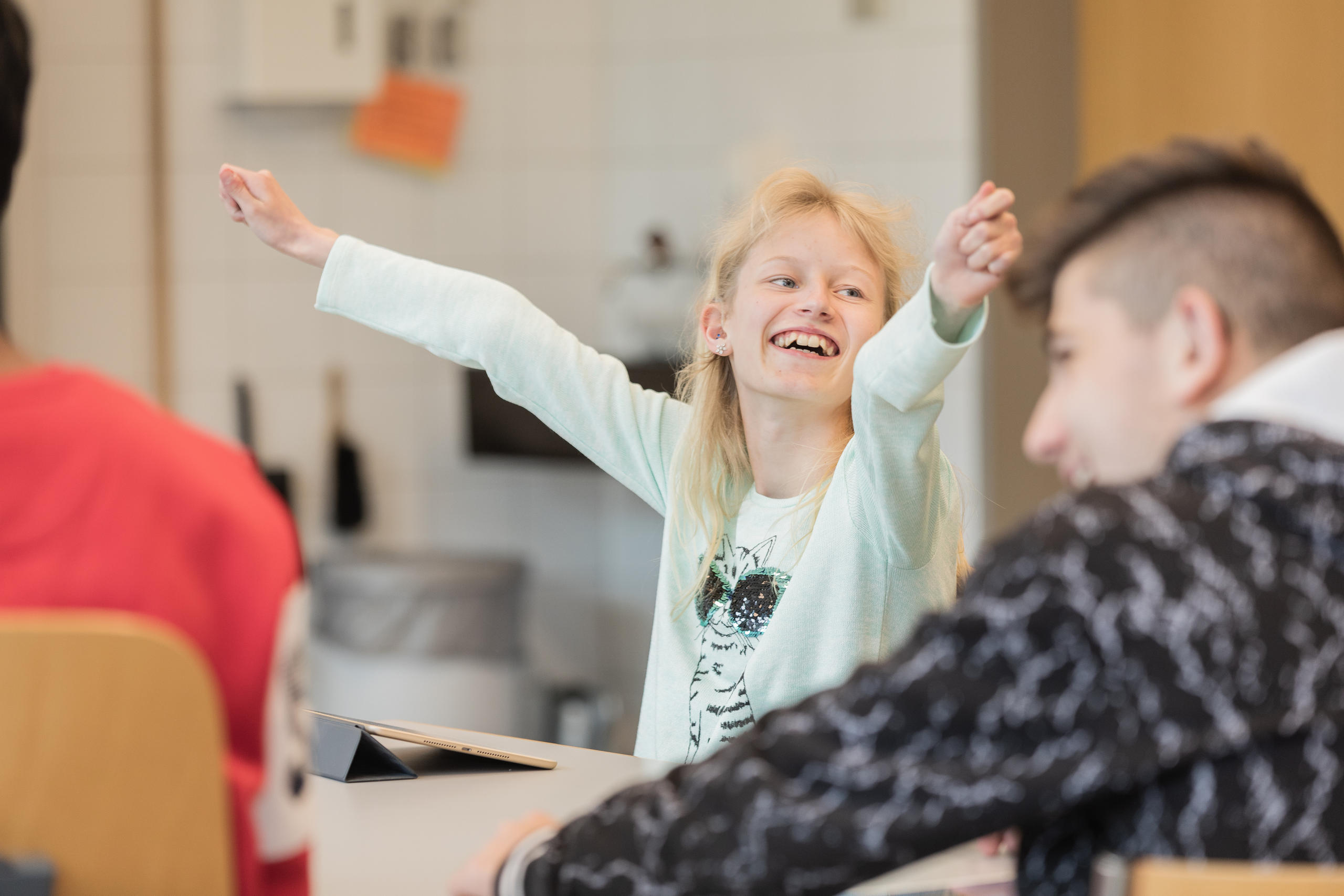
In Switzerland many deaf pupils go to mainstream schools. But the Swiss Federation of the Deaf says that many pupils struggle with this approach. It wants a more bilingual concept, with equal weight given to both sign and the spoken language.
It is an overcast late summer day at the Hans AsperExternal link school house in Wollishofen, a suburb of Zurich. But it is not stopping the game of football. It is a scene that could be replayed a thousand times over across Switzerland – except there is one difference. Some of the pupils are deaf or hard of hearing.
They attend SEK 3External link, a special needs secondary school that is embedded into a mainstream institute.
“The pupils have the opportunity, whether they are hard of hearing or deaf, whether they need sign language or not, to come into contact with the hearing community and the whole youth culture, simply everything that is commonplace in a regular state school,” Peter Bachmann, SEK3’s co-head tells swissinfo.ch.
Sign language
Depending on their level of deafness, pupils are either partially integrated into regular classes or can attend a bilingual secondary level in both sign language and the spoken. There are currently 37 registered pupils aged 13-15.
This video gives an idea of what lessons are like.
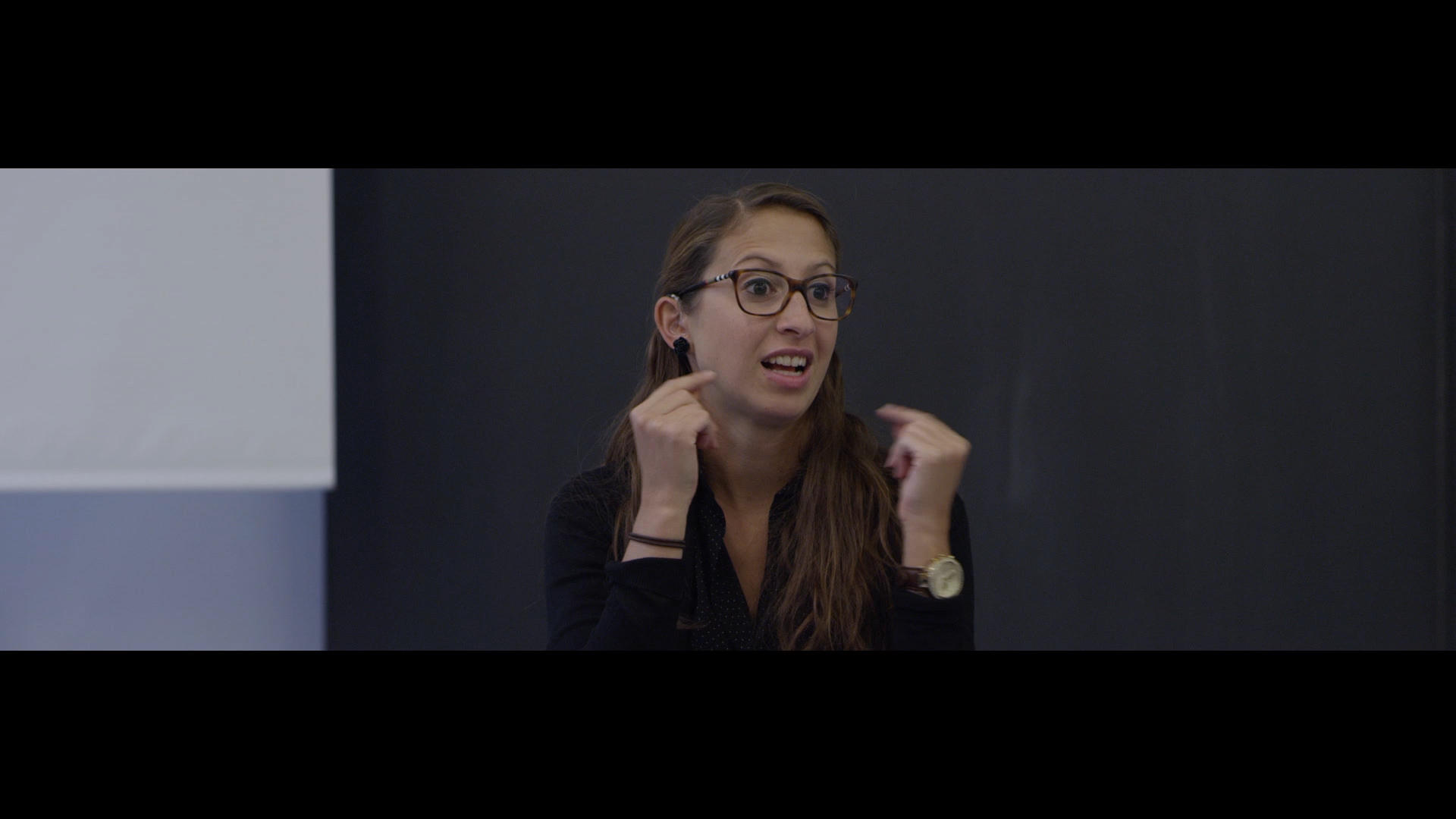
More
Bilingual teacher for deaf people
The Hans Asper pupils are in turn encouraged to learn sign languageExternal link.
The third part of the SEK3 is a residential group for pupils who come from further afield than Zurich.
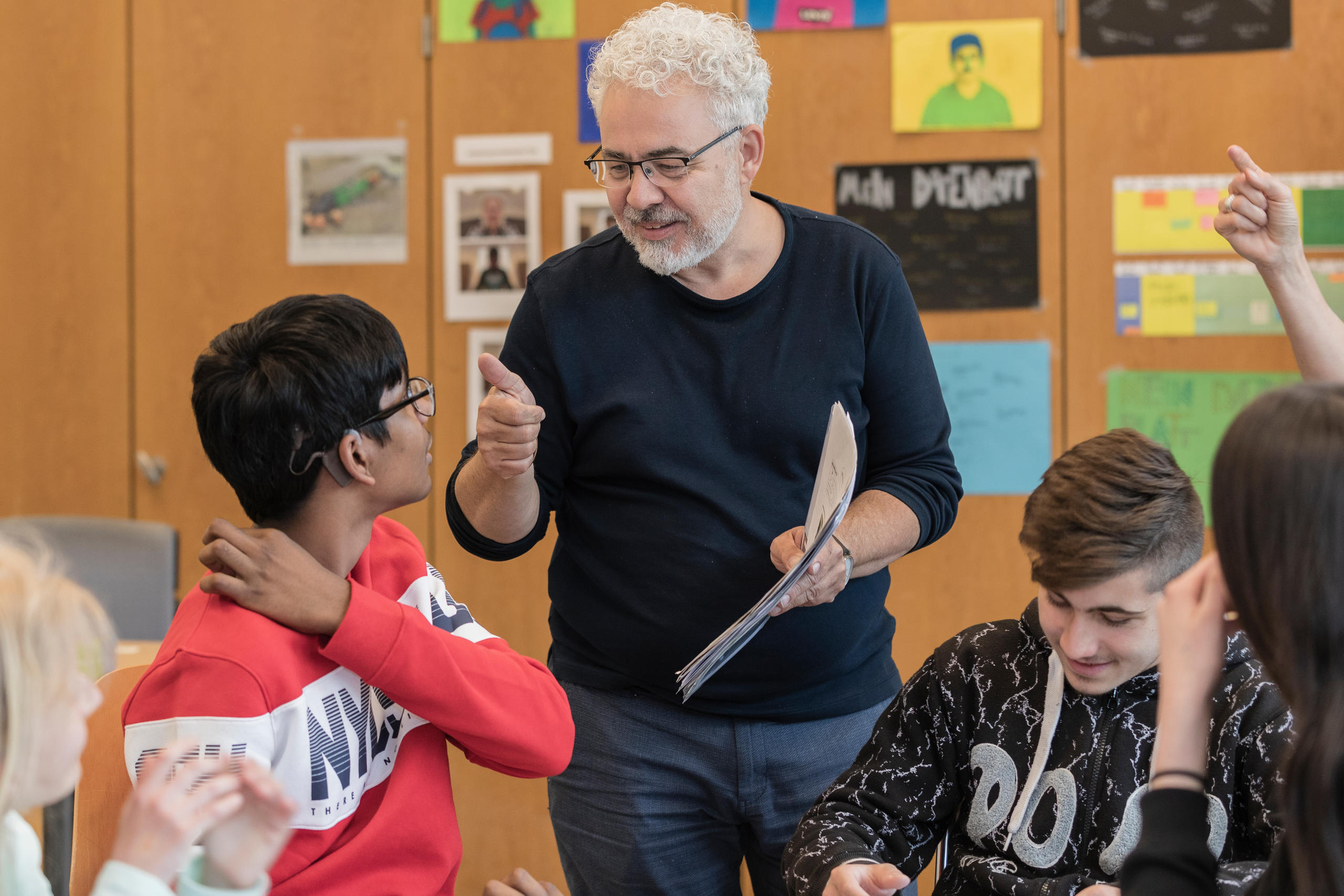
The whole embedded plus bilingual concept makes the SEK3 pretty unique, its co-head Bachmann explains. There are only two further institutions offering a bilingual education in the German-speaking part of Switzerland.
Mainstream schooling
“Normally children who are hearing-impaired are integrated into a local mainstream class and only taught in the spoken language,” says Martina Raschle of the Swiss Federation of the DeafExternal link via email.
This goes against the United Nations Convention on the Rights of Persons with DisabilitiesExternal link, signed by Switzerland, which states that deaf children should have access to bilingual lessons with sign language if needed, she adds.
Deaf children often struggle to follow regular classes, plus there is also a lack of properly trained sign language teachers. Many feel isolated as the only deaf child in the class.
The federation shares the scientific view that learning both sign language and the spoken language encourages the linguistic development of deaf children and improves their educational chances. It would like to seeExternal link a proper bilingual concept across Switzerland. This could be having a school like the SEK3 in each canton. It would follow the current integrative approach for special needs education, but also give deaf pupils the chance to meet with peers, which is important for their identity, Raschle says.
Statistics
There are no official statistics in Switzerland, but the Swiss Federation of the Deaf estimates there are an estimated 10,000 deaf people in Switzerland, with a further 600,000 classified as hard of hearing in a population of eight million.
Worldwide an estimated 9% of the deaf are children. Around 90% of deaf children have hearing parents.
The situation is no different in Switzerland’s neighbours, Raschle adds. The exception in Europe: Scandinavia, which has more access to bilingual education. The United States does the best, she points out. The Americans with Disability ActExternal link ensures that deaf children are integrated and taught in sign language. It is also home to the world’s only university for the deaf, the Gallaudet UniversityExternal link.
University challenge
Getting to university remains a challenge for many deaf people. The federation’s president, medical doctor Tatjana Binggeli, is only one of two deaf people with a doctorate in Switzerland. Studying requires the help of a sign language translator and going through a lot of red tape. “This needs a very strong will and very high academic performance,” Raschle says.
This is also Bachmann’s experience. Few from his school go to an academic gymnasium, the school that prepares pupils for university. Most opt for an apprenticeship. The school aims to prepare its pupils for life outside, he explains. For example, lunch is prepared with the aid of a deaf pupil who wants to become a chef.
So why is there not more bilingual schooling? Partly it’s because of the integrative approach, Bachmann says. Despite attitudes slowly changing, “there is often still this feeling among some people that sign language harms the spoken language,” he adds.
Special needs education
Romain Lanners is head of the Swiss Special Education CentreExternal link, run on behalf of the cantons, which oversee education in Switzerland.
Over the past ten years, each canton has drawn up its own special educational needs concept, he said. “The child’s wellbeing is always at the forefront when assessing its special education needs,” he tells swissinfo.ch via email.
There are no statistics for children with a hearing impediment in education. But the number of pupils in special education schools dropped from 50,000 in 2004 to 31,000 in 2016, confirming the move away from special schools towards integrative schooling.
Potential
As for why there was so little bilingual education for children with hearing loss, Lanners says it is hard to answer as there is a lack of statistics. In addition, there are differences among the cantons on the issue. “Innovative teaching approaches exist but they are not uniformly applied everywhere,” he says.
Improvement in the education of pupils with a hearing impediment could come through better cooperation between players on the federal, cantonal and local levels, adds Lanners. “This could be raising awareness of decision makers and boosting the training of educational staff in areas like bilingualism, speech-to-text reporting and assistive technologies.”
New developments in digital services and tools have great potential for educational integration, especially for those with a hearing impediment. “Potential that we should use,” Lanners says.

In compliance with the JTI standards
More: SWI swissinfo.ch certified by the Journalism Trust Initiative

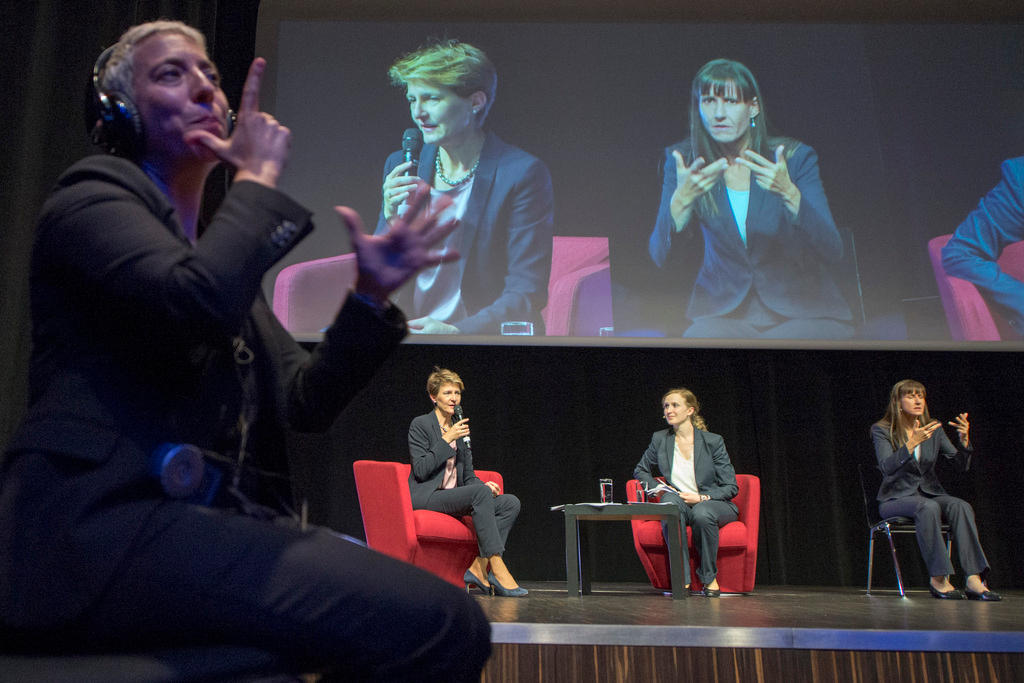
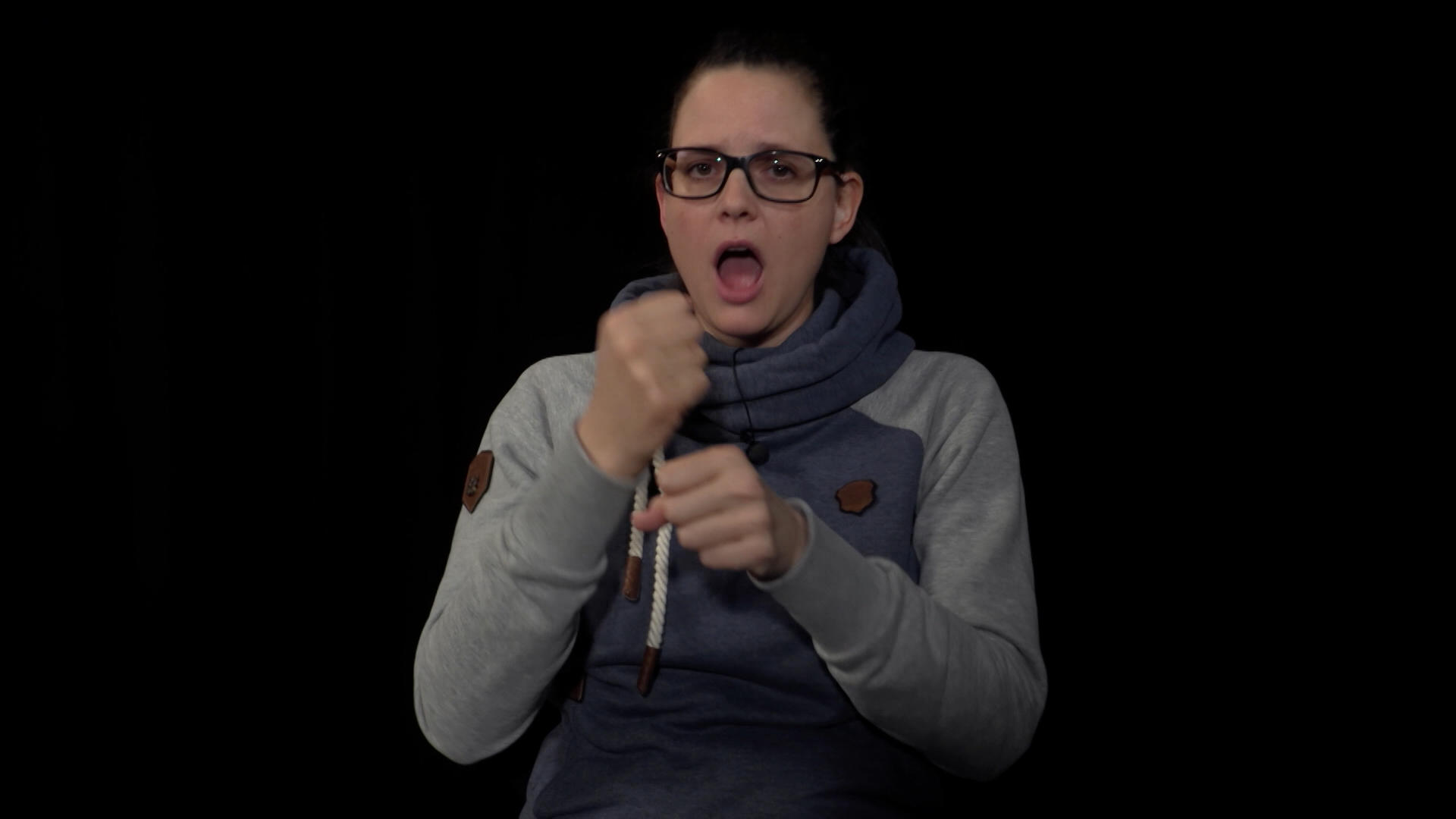

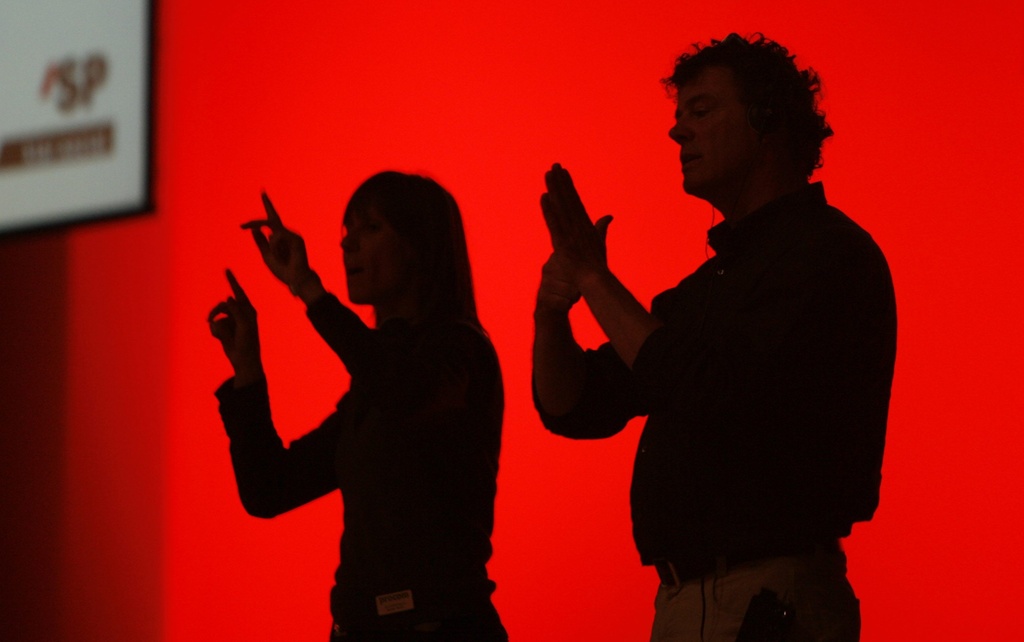
You can find an overview of ongoing debates with our journalists here. Please join us!
If you want to start a conversation about a topic raised in this article or want to report factual errors, email us at english@swissinfo.ch.